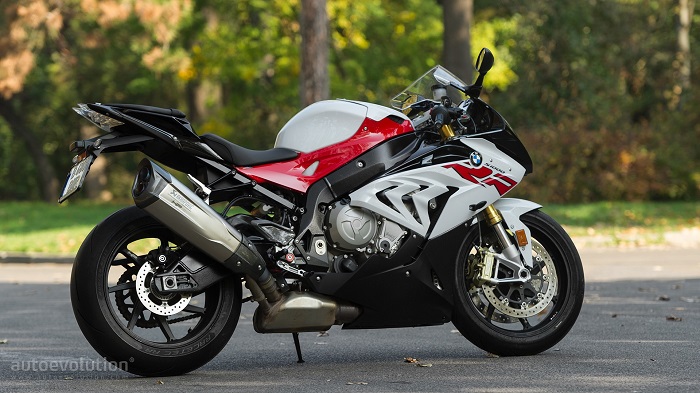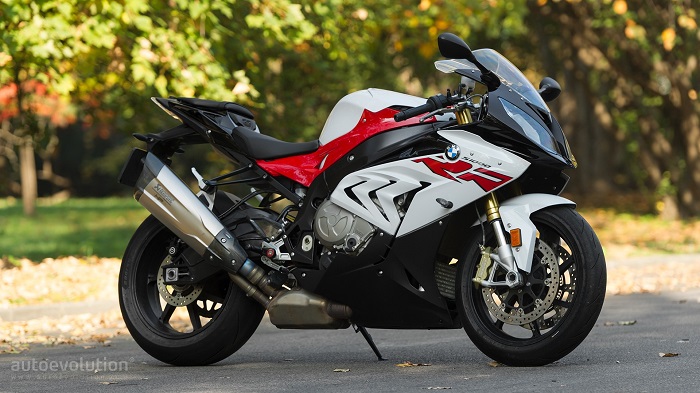With an all-new S 1000 RR having been leaked this summer, it’s time to take a final look at the latest iteration of the model, which, of course, comes with lots of improvements over the other two versions that were produced over the years.
Khodrocar - The S 1000 RR is BMW Motorrad’s first incursion into the modern superbike class, and it made sure it came in with a bang. When it was introduced, the model amazed the bike scene with its 179 horsepower engine, advanced electronics, and the fact that it was easier to live with outside track days.

The model stayed pretty much the same throughout the years, except minor visual cues and the HP4 variant introduced in 2013, which was lighter, came with a new Dynamic Damping Control (DDC) suspension system and a recalibrated ECU for more mid-range power.
Sadly, the HP4 was a limited edition produced only for a year, but fret not as starting with the 2015 S 1000 RR you can have yours with everything the former had to offer, plus some more. The standard model weighs 208 kg (458 lb) with all fluids, comes with a power increase of up to 199 horsepower and 113 Nm (83 lb-ft) at the crank, dual-pipe exhaust to decrease backpressure and increase mid-range power, as well as features like Dynamic Traction Control (DTC), ABS, three riding modes (rain, sport, race), and a multifunctional LCD.
From here, the bike is usually offered with two optional packs available in most markets. The first one, which can be identified as the Dynamic or Race Package adds the Gear Shift Assist Pro for clutchless up and down shifting, DDC which continuously alters the suspension dynamics to match the conditions, and heated grips.
For most people, this would be enough, but the second pack, known as the Performance or Race Pack depending on the market, comes with Ride Modes Pro, cruise control, and ABS Pro. Separately, you can add lightweight forged aluminum wheels and an HP titanium exhaust system specially tuned by Akrapovic, which is also lighter and offers a better soundtrack with pops and blurbs during downshifts.
The 2017 final edition we tested comes with all the above mentioned along with tweaked electronics and exhaust system to meet those pesky Euro4 emissions regulations recently introduced. But don’t worry, the changes haven’t turned the beast into an environment friendly kitten. You literally can’t feel the difference between the 2015 and this one, proving once again the German engineers can do magic when having to provide both fun and discipline.
Looking at the competition, most of the other models on the market caught up with BMW and now offer similar performance and electronics, maybe except heated grips and cruise control which seem a bit of an overkill for the superbike class, but definitely great to have as I’ll explain later.

However, where the S 1000 RR still reigns over other metal beasts of its kin is in daily use comfort and user-friendliness. And lets be honest, most of these bikes will be used for weekend rides on the twisties or for commuting in style, reason why I won’t even bother trying to convince you how great of a track bike the S1KRR is, especially after the 2015 geometry changes it received to make it more flickable and offer better rear traction.
We all know these bikes were made for racing and every owner signs a mental contract with fine-print reading "your crotch will get too hot, you’ll suffer from back aches, leg cramps, and arm pump if you ride this daily”. Every small detail matters here regarding comfort and, luckily, the S 1000 RR has many of such things.
Source: Autoevolution
Latest News


